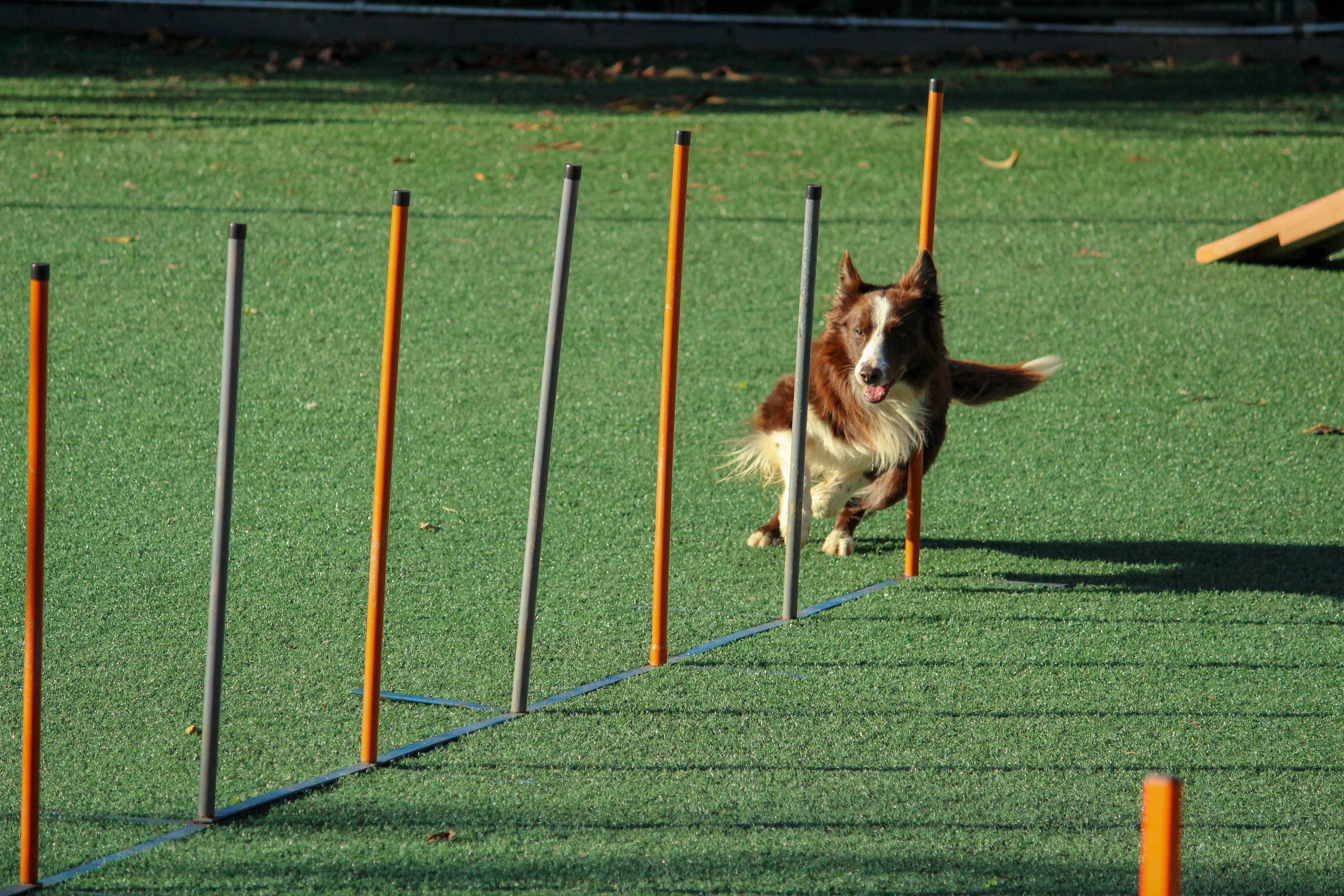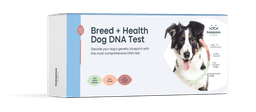Dog training is not just about teaching commands; it's a journey of building a strong bond and understanding with your furry companion. Whether you're a new pet parent or looking to refine your dog's behavior, these top training tips will set you on the path to success.
Dog Training Basics
Establishing a strong foundation is key to successful dog training. Understand your dog's breed and temperament, as this will influence their learning style. Patience is crucial – dogs, like humans, need time to grasp new concepts. Begin with basic commands and gradually progress to more advanced training.
There are several different types of training but usually pet owners want to progress in one of these three types: - dog behavior training;
- dog obedience training;
- dog agility training.
Starting from the first and gradually moving to the next with your companion.
The List of Basic Commands
Start with fundamental commands that form the basis of effective communication. Commands like "sit," "stay," "come," and "heel" are not just about obedience; they contribute to a well-behaved and responsive pet. Consistency is vital – use the same commands and gestures every time.
Sit: Teach your dog to sit on command, a fundamental building block for obedience.
Stay: Establish the "stay" command for moments when you need your dog to remain in place.
Come: Ensure a reliable recall by teaching your dog to come when called, crucial for safety.
Down or Lie Down: Train your dog to lie down on cue, promoting calm behavior.
Leave It: Keep your dog safe by teaching them to leave objects or items alone.
Drop It: Encourage your dog to release items gently from their mouth when prompted.
Heel: Master loose-leash walking with the "heel" command for a more enjoyable stroll.
Off: Teach your dog to keep all paws on the ground, particularly useful for greetings.
Wait: Similar to "stay," but with the emphasis on short pauses during walks or before meals.
Quiet or Enough: Establish control over barking with the "quiet" or "enough" command.

Schedule Regular Training Sessions
Consistency extends to training schedules. Regular, short training sessions are more effective than sporadic, lengthy ones. Dogs thrive on routine, so allocate dedicated time each day for training. Keep sessions positive and enjoyable, reinforcing the idea that learning is fun.
Work Alone or with a Dog Trainer
Decide whether you'll be the sole trainer or enlist the help of a professional dog trainer. While many pet parents successfully train their dogs at home, dog training classes can provide valuable insights and guidance, especially for more challenging behaviors.
Find the Right Reward and Motivation
Discover what motivates your dog. Whether it's dog training treats, toys, praise, or a combination, tailor your rewards to your dog's preferences. Positive reinforcement creates a positive association with training, making your dog eager to participate.
Use Positive Reinforcement
Positive reinforcement involves rewarding desired behaviors to encourage their repetition. Reinforce good behavior immediately with praise or treats. Avoid punishment-based techniques, as they can lead to fear and anxiety.
Mastering these top dog training tips involves patience, consistency, and a genuine understanding of your dog's needs. Embrace the journey of training as an opportunity to strengthen the bond between you and your furry friend, creating a harmonious and happy relationship.
Advanced Dog Training
For those ready to take training to the next level, consider advanced commands and activities. Teach your dog to retrieve, respond to hand signals, or even navigate agility courses. Advanced training builds mental stimulation and strengthens the human-canine connection.
How to Make Training Fun
Transforming training sessions into enjoyable experiences enhances both learning and the bond between you and your dog. Incorporate games, use an upbeat tone, and be enthusiastic. Dogs respond positively to joyful interactions, making training a rewarding activity.
Fun Tricks
Beyond basic commands, teach your dog entertaining tricks like shaking paws, rolling over, or even playing dead. Tricks not only provide mental stimulation but also showcase your dog's intelligence and eagerness to learn. Shake Hands: Teach your dog to offer a friendly pawshake on command.
Roll Over: Encourage your dog to roll over on cue, showcasing their playful side.
Play Dead: Create a theatrical moment by training your dog to "play dead" on command.
Speak or Quiet: Master the art of barking on command and, just as importantly, being silent.
High Five: Elevate the classic handshake to a high-five for an extra touch of flair.
Spin Around: Add a spin to your dog's repertoire, creating a lively and entertaining trick.
Take a Bow: Showcase your dog's elegance by teaching them to take a bow on cue.
Crawl: Train your dog to crawl, a cute and amusing trick that's sure to impress.
Balance Treats: Enhance your dog's focus and coordination by teaching them to balance treats on their nose or paw.
Fetch Specific Items: Elevate traditional fetch by training your dog to retrieve specific items by name.

Leash Training
Walking on a leash is a vital skill. Start with short, positive walks, rewarding loose leash behavior. If your dog pulls, stop and wait for slack before proceeding. Consistent reinforcement teaches your dog to walk politely on a leash.
Socializing Dogs and Puppies
Socialization is crucial for a well-adjusted dog. Expose your dog to various environments, people, and other animals. Positive interactions during the early months contribute to a confident and friendly adult dog.
Common Behavior Problems
Addressing behavior problems requires patience and understanding. Whether it's excessive barking, digging, or separation anxiety, identify the root cause and implement positive reinforcement techniques. Consistency is key to overcoming these challenges.
Mastering the art of dog training involves an ongoing commitment to learning and adapting to your dog's unique needs. By infusing training with fun, exploring advanced techniques, and tackling common behavior problems with empathy, you'll cultivate a well-rounded and well-behaved canine companion.
Conclusion
As you embark on the delightful journey of training your furry friend, remember that every wag, every high-five, and every well-executed trick is a testament to the bond you're building. Dog training is more than commands; it's a shared language between you and your canine companion, spoken in tail wiggles and joyful barks.
Embrace the process with patience, sprinkle in some laughter, and savor the small victories. Whether you're perfecting basic commands or diving into advanced tricks, the joyous moments of connection and understanding are the true treasures of this shared adventure. Happy training, and may every pawprint be a step toward a harmonious and loving partnership!
Frequently Asked Questions
How much time to train a dog?
Training sessions should be kept short and focused, ideally around 15 minutes for puppies and up to 30 minutes for adult dogs, with multiple sessions spread throughout the day.
How to train a dog to ignore other dogs?
Gradually expose your dog to other dogs in controlled environments, rewarding calm behavior and using commands like "leave it" or "focus" to redirect their attention.
How to train a dog not to run away?
Train a reliable recall by using positive reinforcement when your dog comes to you. Gradually increase the distance and distractions as your dog becomes more reliable.
How to train a dog not to jump on people?
Reinforce the "off" command by rewarding your dog when they have all paws on the ground. Consistency is key, and encourage alternative greetings like sitting for attention.



